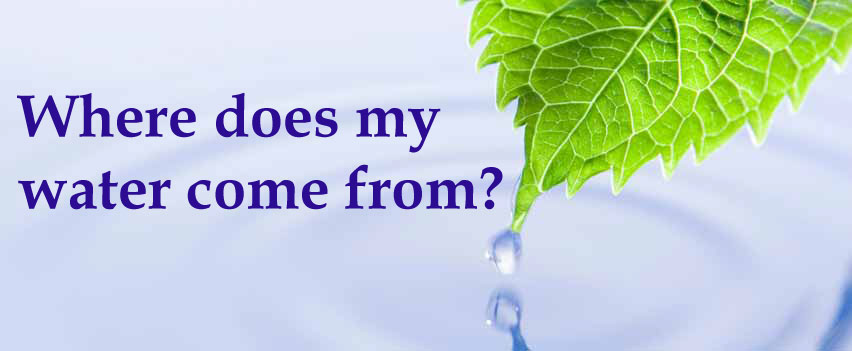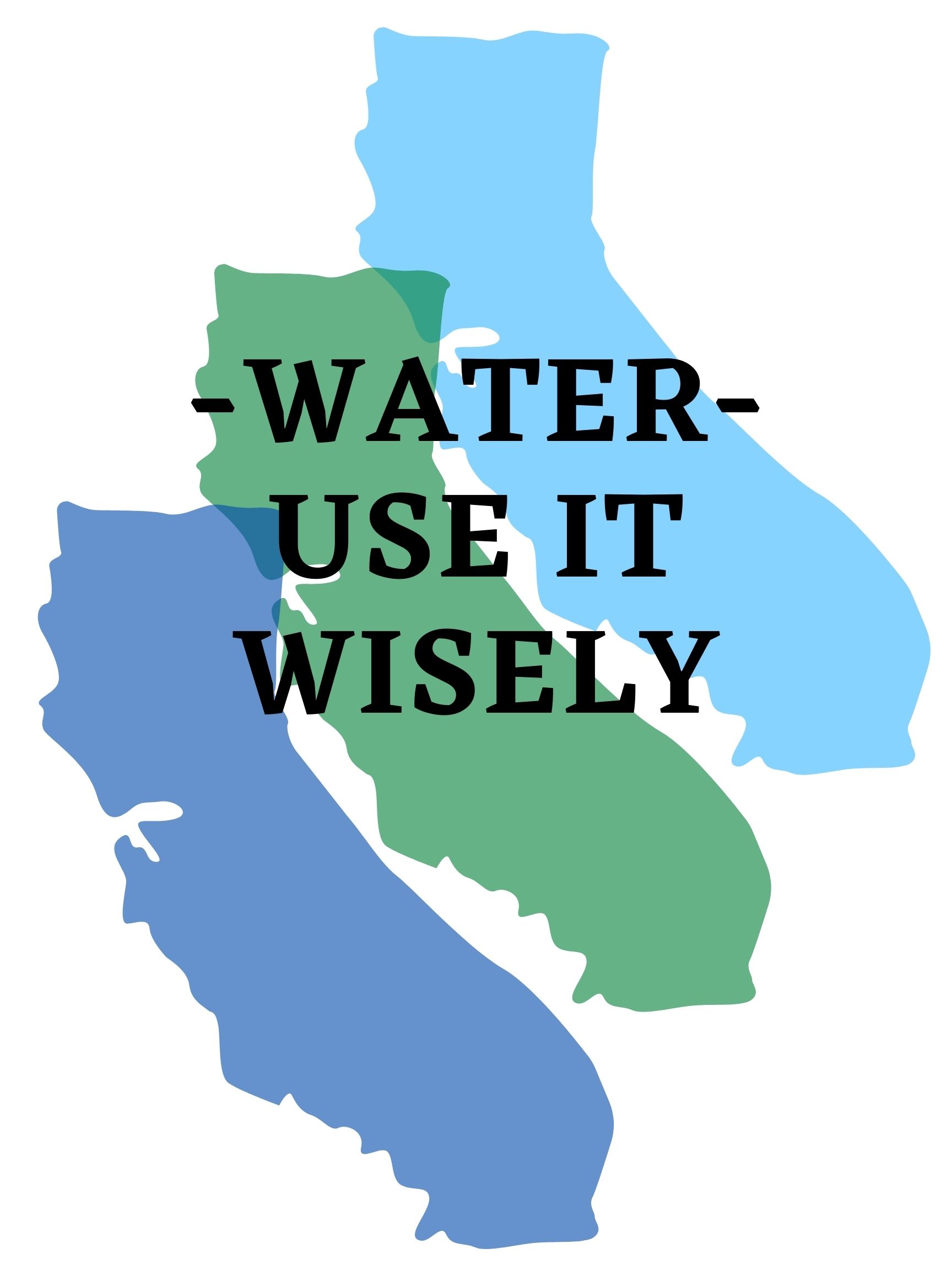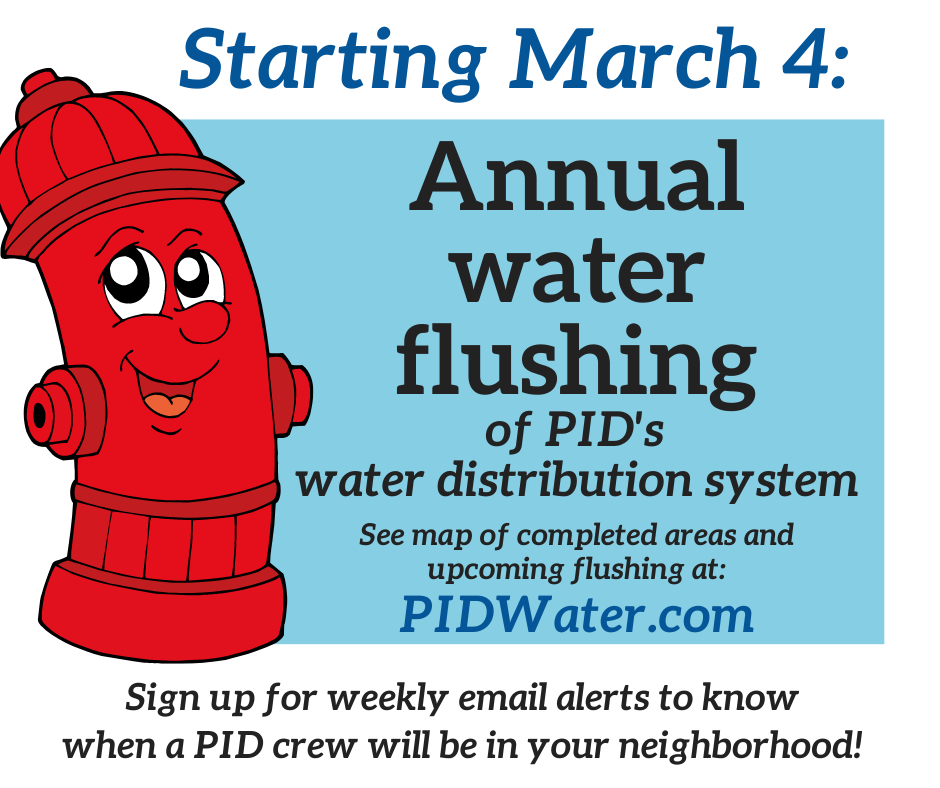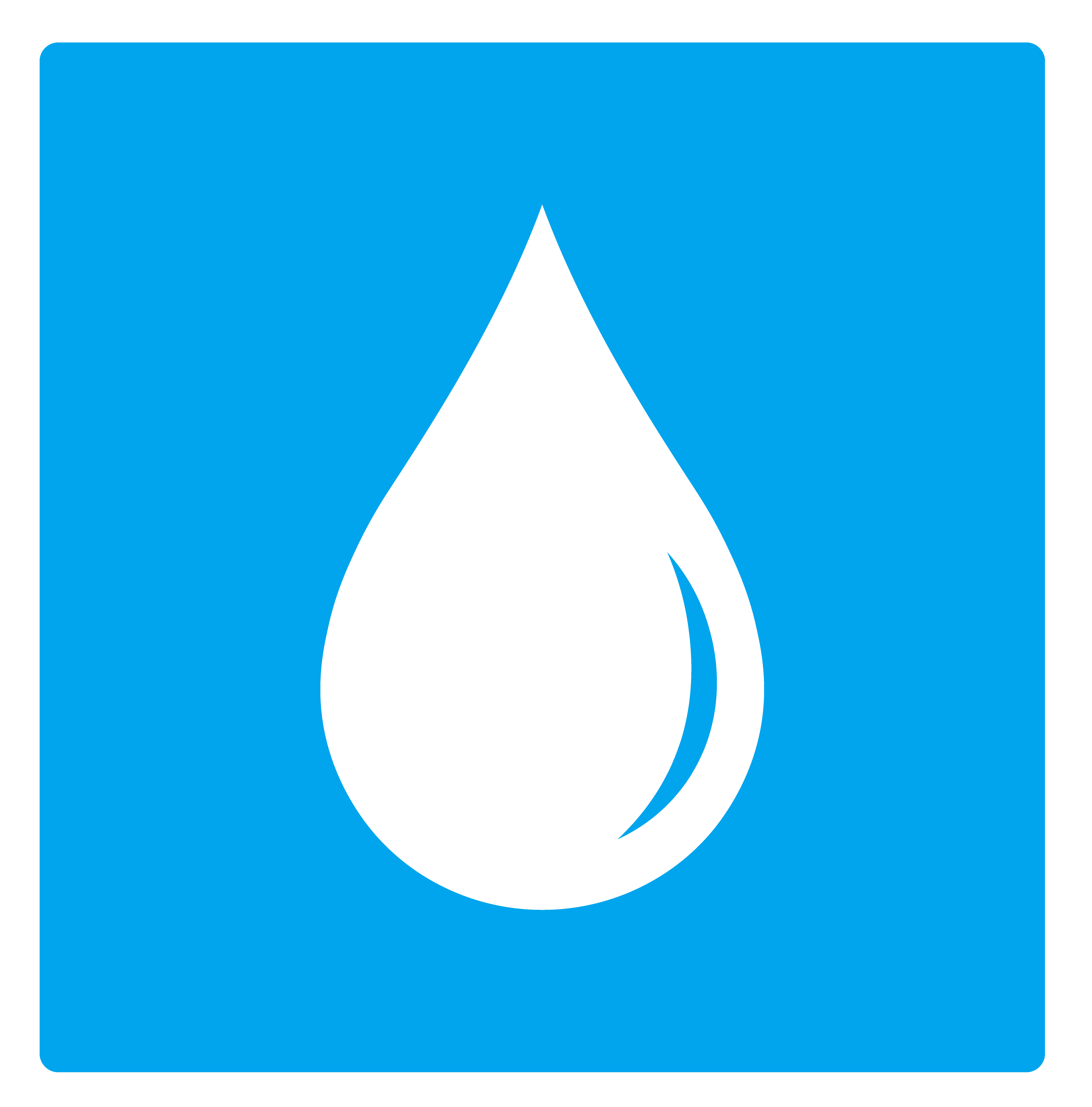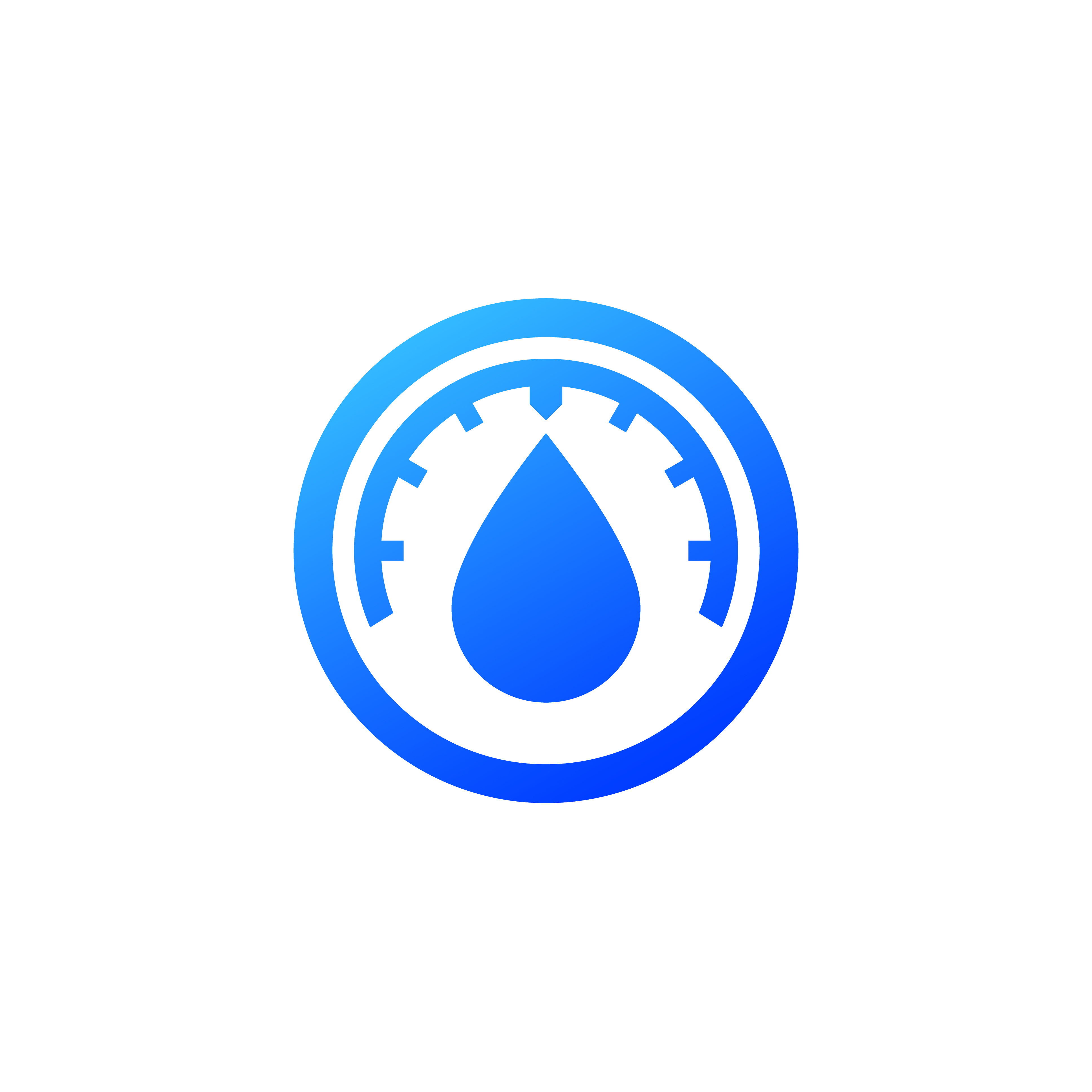Source Water Assessment
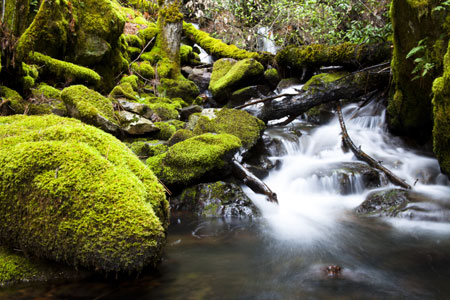
PID’s 2021 Source Water Assessment Plan is available at our office for your review. This is an assessment of the area of influence around our listed “raw” water sources through which contaminants, if present, could reach our source water. It also includes an inventory of potential sources of contamination within the area and a determination of the water supply’s susceptibility to contamination by the identified potential sources.
Ground Water Supply (Well at D Tank): High-density septic systems and automobile repair shops.
Surface Water Supply (Little Butte Creek Watershed): High-density septic systems and historic mining operations.
The Source Water Assessment is also available at the State Water Resources Control Board Division of Drinking Water (Redding office): 364 Knollcrest Dr., Suite 101; Redding, CA 96002; (530) 224-4800


